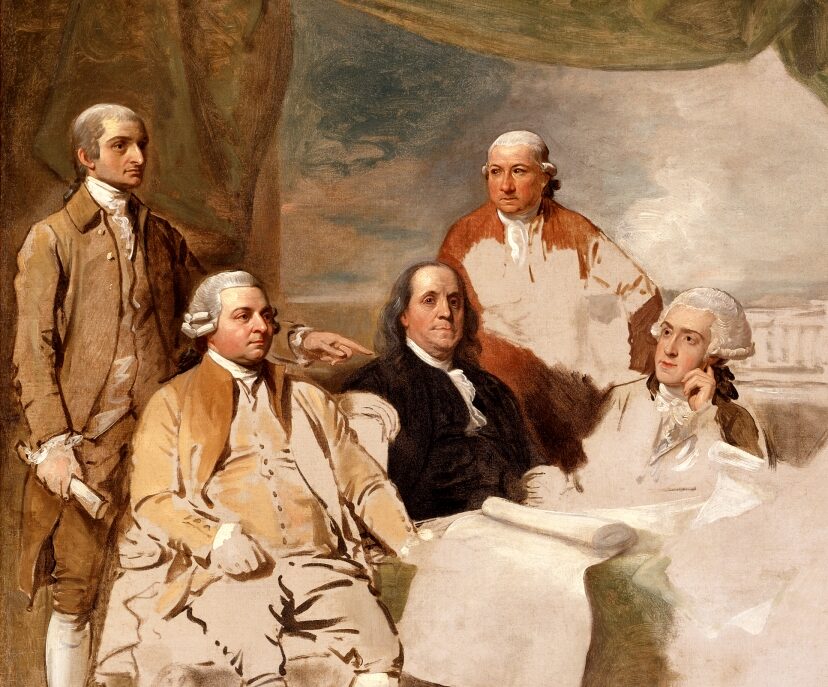“The one sentence of FDR’s inaugural address devoted to foreign policy included that memorable if also notably vague line ‘In the field of world policy I would dedicate this nation to the policy of the good neighbor.’ Meant to apply generally, it became identified with the Western Hemisphere and was one of Roosevelt’s most important legacies. A product of self-interest and expediency along with a strong dose of idealism and more than a smattering of genuine goodwill, the Good Neighbor policy in its initial stage terminated existing military occupations and disavowed the U.S. right of military intervention without relinquishing its preeminent position in the hemisphere and dominant role in Central America and the Caribbean. In time, it extended beyond policy into the realm of cultural interchange.” –George Herring, From Colony to Superpower, p. 497
Discussion Questions
- How did Herbert Hoover lay the “foundations” for the Good Neighbor policy and why was that such a departure from previous US involvement in Latin America?
- What were some of the cultural interchanges of the Good Neighbor policy?
Student-produced map (George Gilbert)

Leave a Reply